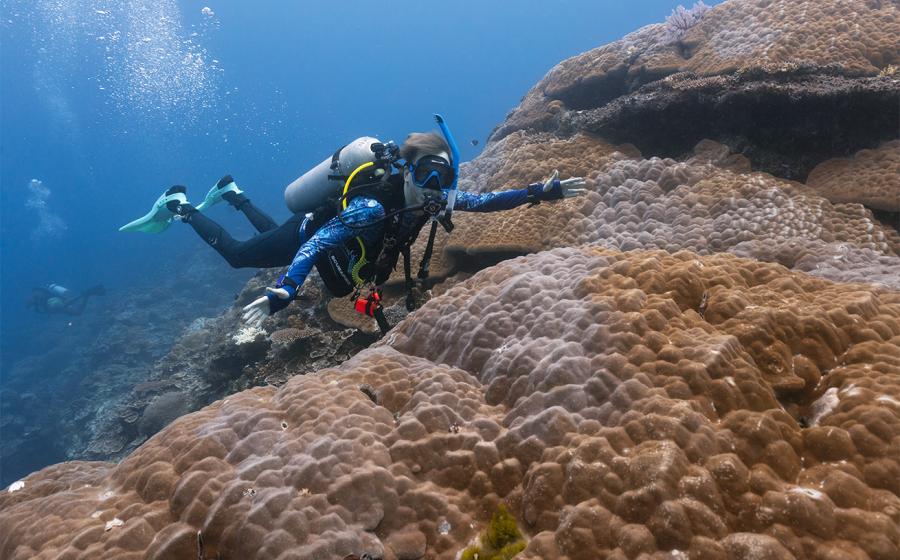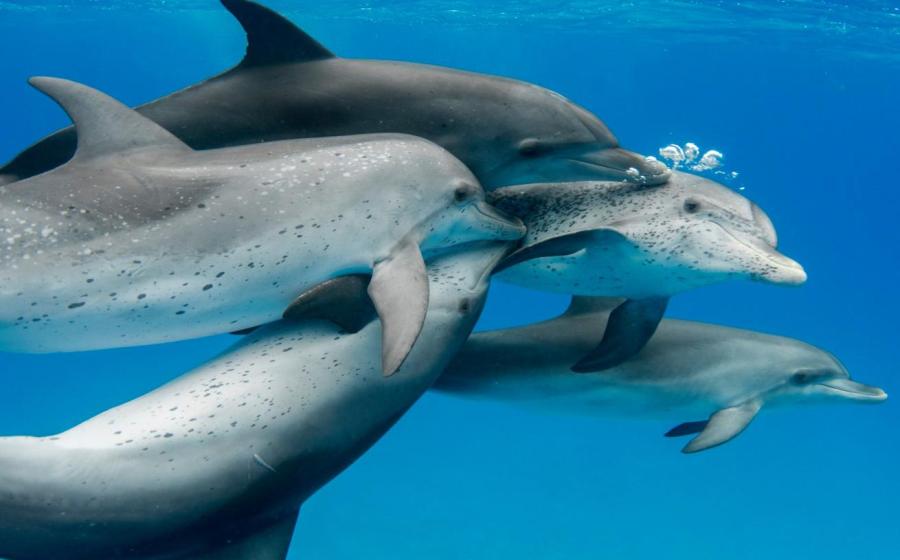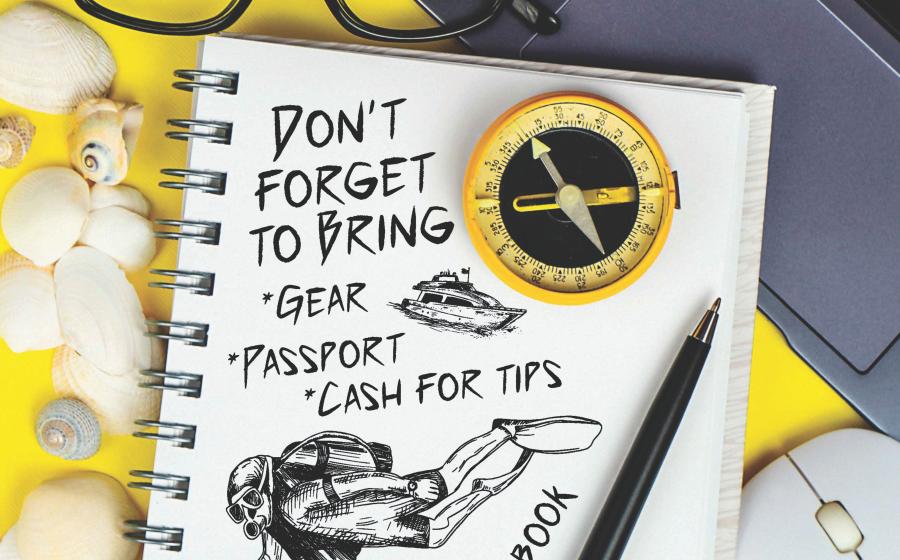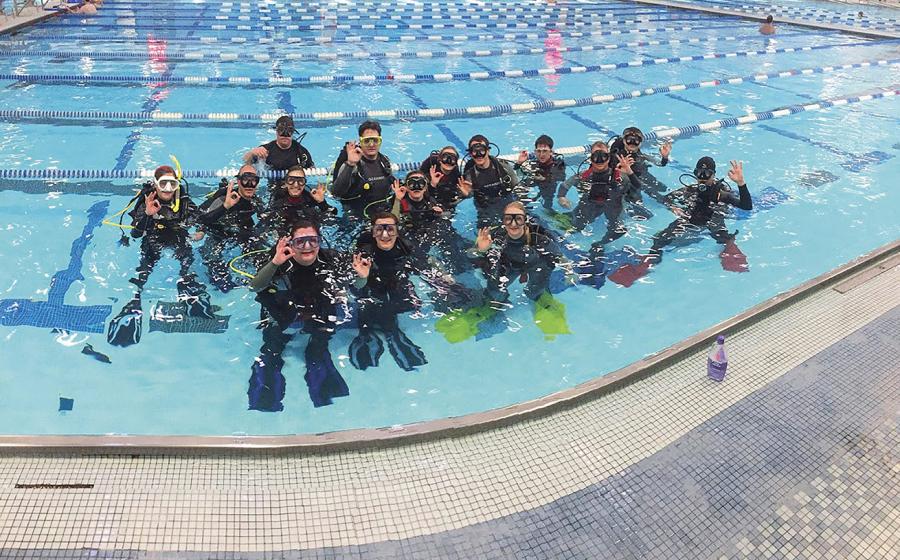Top 5 Scuba Diving Destinations for Wall Dives

In the January/February 2012 issue of Scuba Diving, we will reveal the top five scuba diving destinations for Best Wall Dives in our annual Top 100 Readers' Choice Awards. In 2011, these were the top five wall dives as ranked by overall score:
1. Cayman Islands
Cataclysmic volcanic activity 60 million years ago helped create a rich dive photography environment. By accident of nature, the presence of the Cayman Trench means spectacular vertical walls, the signature feature of all three Cayman Islands — Grand Cayman, Little Cayman and Cayman Brac. Because of the islands' volcanic substrate, there are no rivers to degrade visibility, contributing to stellar water clarity and making the region a top scuba deiving destination for wall dives.
Grand Cayman's undersea cliffs vary along the island's east, west and north shores. The North Wall is mecca for wall divers, with some 45 named sites visited by most local dive operators. The West Wall is protected by prevailing winds, so it's often as calm as a lake, and divers can explore Orange Canyon, Trinity Caves or Big Tunnel. These are calm, effortless dives with healthy sponges and seasonal concentrations of silversides, complete with attendant predators, such as tarpon and black groupers. The East Wall is a bit more weather-exposed, but sites like Jack McKenney's Canyon, known for its deep canyons, sharks and eagle rays, are only a short boat ride from shore. The average visibility along the wall tends to be a bit better than on the west side, and divers are often rewarded with sightings of Caribbean reef sharks. But the real and guaranteed thrill of East End is being one of the only divers there.
For more on the wall dives in the Caymans, go to Camera-Ready in the Caymans.
2. Cozumel, Mexico
Mexico's largest island, Cozumel, offers dramatic coral pinnacles near the drop-off and gorgeously decorated vertical wall dives in deep water. In the south, many folks have dived Punta Sur and Maracaibo Reef, but far fewer have savored the site wedged between the two — Chun Chacab. The reef gently slopes to about 100 feet here at Cozumel's southernmost site, and then suddenly falls into the inky blue. Sandy patches and seagrass beds are home to myriad juvenile species. Depending on the speed of the dive boat, a trip here can take up to two hours. In the north, while most dive boats head south out of the docks, a few hook north to sites like Barracuda and San Juan reefs where the big fish hang out. At Barracuda Wall, Cozumel's northernmost regularly dived site, surface chop and strong currents are the norm. But you've got an excellent chance of seeing sharks, barracuda and jacks. For more on diving Mexico's Caribbean, go to Cozumel Travel Guide.
3. Palau
At the western edge of the Pacific, just a scant 500 miles from the Philippines and Indonesia, lies arguably the most diverse island chain in all of Micronesia. Palau is made up of more than 350 islands, including the mushroom-like Rock Islands, situated at the rich, biodiverse intersection of the Pacific Ocean and Philippine Sea. Some of the country's best sites are off Peleliu Island, including Peleliu Express. Off the island's southern tip, currents can be very strong and attract sharks, barracuda, tuna, rays, Napoleon wrasse, sweetlips, and schools of jacks and snapper. Off Ngemelis Island, iconic Blue Corner is a current-swept wall, about an hour southwest of Palau's capital Koror. Just hook yourself onto a rock or piece of dead coral at the lip of the wall and watch the parade of gray and white-tip reef sharks, mackerel, tuna, trevally, Napoleon wrasse, lionfish, turtles and spotted eagle rays surfing the current. To read more about the scuba diving destination of Palau, go to The Best of Palau and Micronesia.
4. British Columbia, Canada
The spectacular western Canadian province is gorgeous from top to bottom and its claim to having the world's best temperate climate diving is hard to dispute. From anemone-carpeted rocks crawling with marine life to weird and wonderful creatures like nudibranchs and wolf eels, this is your destination. Dives around small islets begin at slack tide, featuring sheer rock walls below surface that are packed with bizarre marine life. One such wall dive is Browning Pass Wall. To get to Browning Pass, you'll need to get to Port Hardy, B.C. That means a long haul by land and ferry from your flight gateway, Vancouver or Seattle. For more, including how to get there, go to Browning Pass Wall. For details on some great wall dives off the city of Vancouver, go to Vancouver.
5. Bay Islands, Honduras
At Half Moon Bay Wall, schools of creole wrasse flow over the drop-off while groupers drift in the current. Look for a tunnel that empties onto the wall at 70 feet among forests of deepwater fans and sponges. Mary's Place is a deep crack that is decorated with rope and tube sponges, seafans and black coral. Depending on the time of day when you dive here, the fissure can be illuminated by streaming sunlight or be eerily dark — it's a favorite of photographers. Calvin's Crack, another canopied fracture in the reef popular with divers, leads to an opening on the wall at about 70 feet.
Off Utila, dramatic drop-offs and gently sloping walls like The Great Wall are favorites of divers. The Great Wall is an incredible deep blue drop-off that disappears into the Cayman Trench. Clear water and a vertical landscape can easily seduce you deeper than desired-keep an eye on your depth. The reeftop has a unique spine-like ridge that runs parallel along the apex of the wall. It drops 20 feet to a large sandy plateau on the other side. Black Coral Wall drops straight off the beach near Laguna Beach Resort. Sand chutes lead past coral outcroppings and drop over the wall to 80 feet. Clusters of bluebell tunicates are abundant here. For more on diving Honduras's western Caribbean Islands, go to The Bay Islands.










